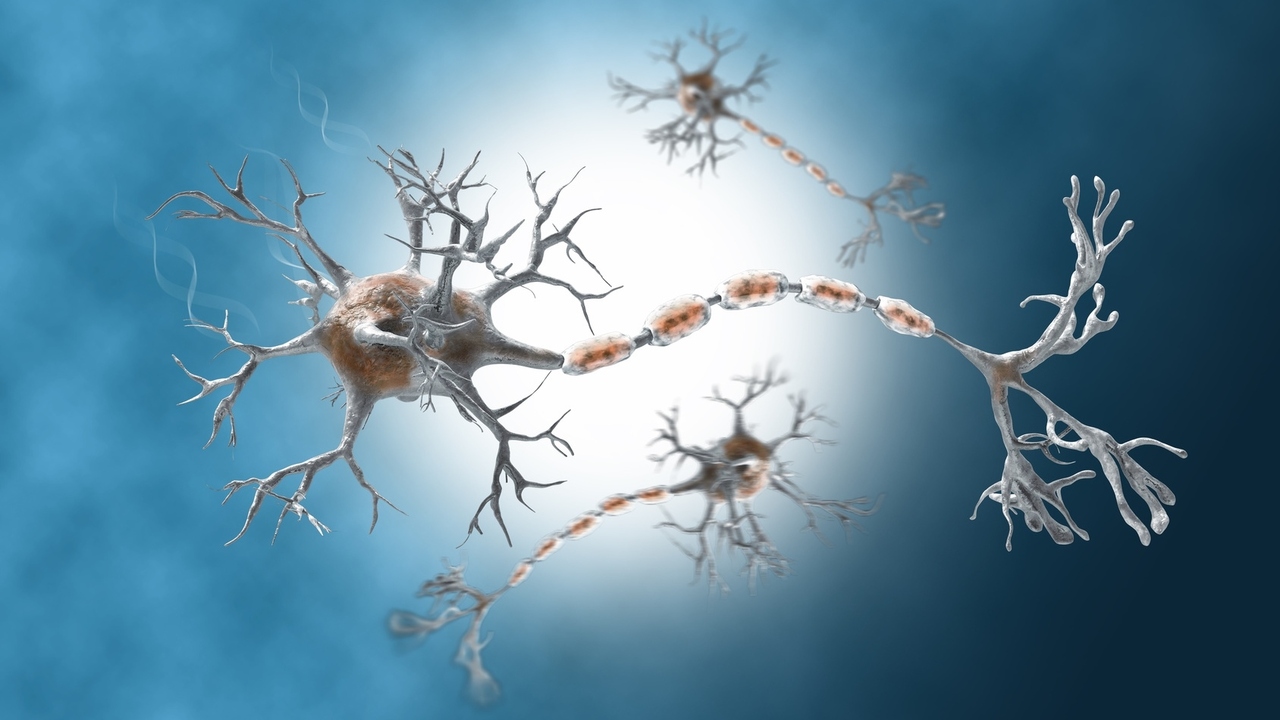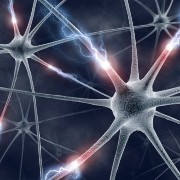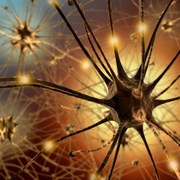Guillain-Barre is a rare autoimmune neurological syndrome in which your immune system attacks your peripheral nervous system. The syndrome usually starts within days or weeks of an infection, often a respiratory or gastrointestinal virus.
According to the American Association of Neuroscience Nurses (AANN), Guillain-Barre occurs in one to two people in every 100,000 annually, and is preceded by infection in 60-70 percent of cases. It can also appear after certain vaccines, or after surgery. It isn’t yet known why some people get it and others do not. Fortunately, the majority of people who experience Guillain-Barre fully recover. In about 30 percent of cases, there may be some residual weakness.
Symptoms can get very severe quickly, but sometimes it takes days. The most common onset is ascending paralysis or weakness. This means generally symptoms start in your feet or legs and move up your body. When the weakness and lack of coordination gets up to your lower chest and diaphragm, you may need help breathing. This is why if you have symptoms of Guillain-Barre it is imperative that you seek medical help immediately. If your diaphragm becomes paralyzed, you cannot breathe. You may need to have a breathing tube and be put on a ventilator temporarily until the illness runs its course.
The National Health Institute Medline Plus site gives the following typical symptoms:
• Loss of reflexes in the arms and legs
• Muscle weakness or loss of muscle function (paralysis)
o In mild cases, there may be no weakness or paralysis
o May begin in the arms and legs at the same time
o May get worse over 24 to 72 hours
o May occur in the nerves of the head only
o May start in the arms and move downward
o May start in the feet and legs and move up to the arms and head
• Numbness, decreased sensation
• Sensation changes
• Tenderness or muscle pain (may be a cramp-like pain)
• Uncoordinated movement
If symptoms worsen to include difficulty breathing or shortness of breath, call 911.
Treatment is mainly supportive care, such as positioning to avoid pressure ulcers, breathing assistance if needed, and sometimes alternate forms of nutrition such as a temporary feeding tube. There are medications that can lessen severity or shorten the course of Guillain-Barre, but there is no cure at this time. Thankfully, most people recover fully.
Sources:
Bader MK, Littlejohns LR: American Association of Neuroscience Nurses Core Curriculum for Neuroscience Nursing, 4th Ed, St. Louis, 2004, Saunders.
National Institute of Neurological Disorders and Stroke: Guillain-Barre Syndrome Information Page
http://www.ninds.nih.gov/disorders/gbs/gbs.htm
Medline Plus: Guillain-Barre Syndrome
http://www.ninds.nih.gov/disorders/gbs/gbs.htm






Add a CommentComments
There are no comments yet. Be the first one and get the conversation started!